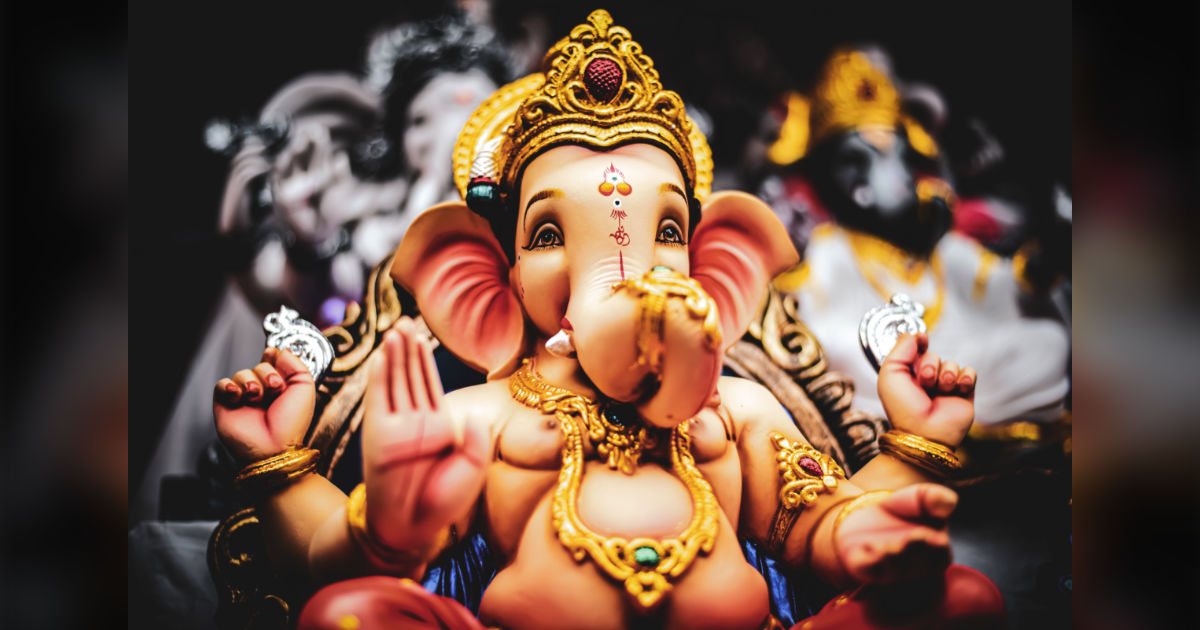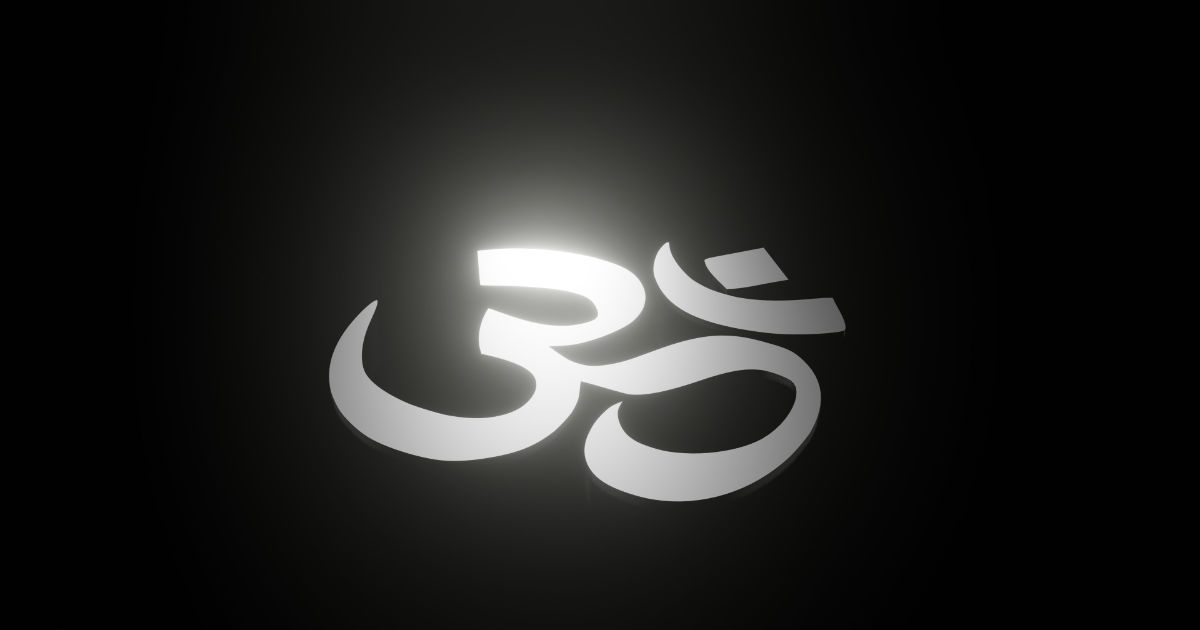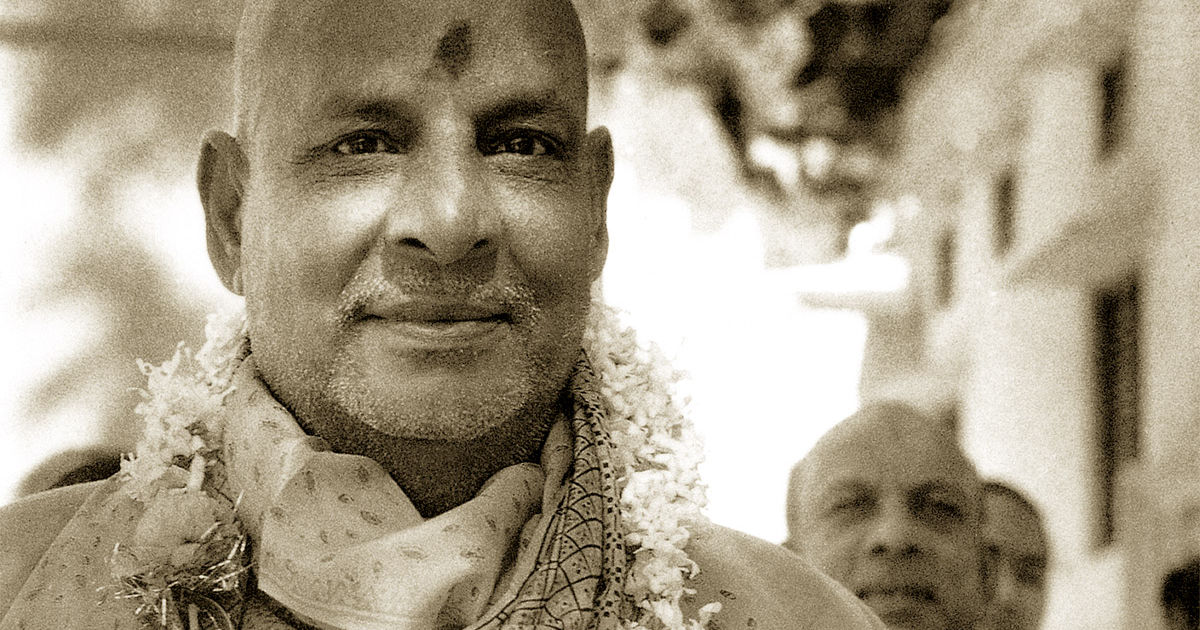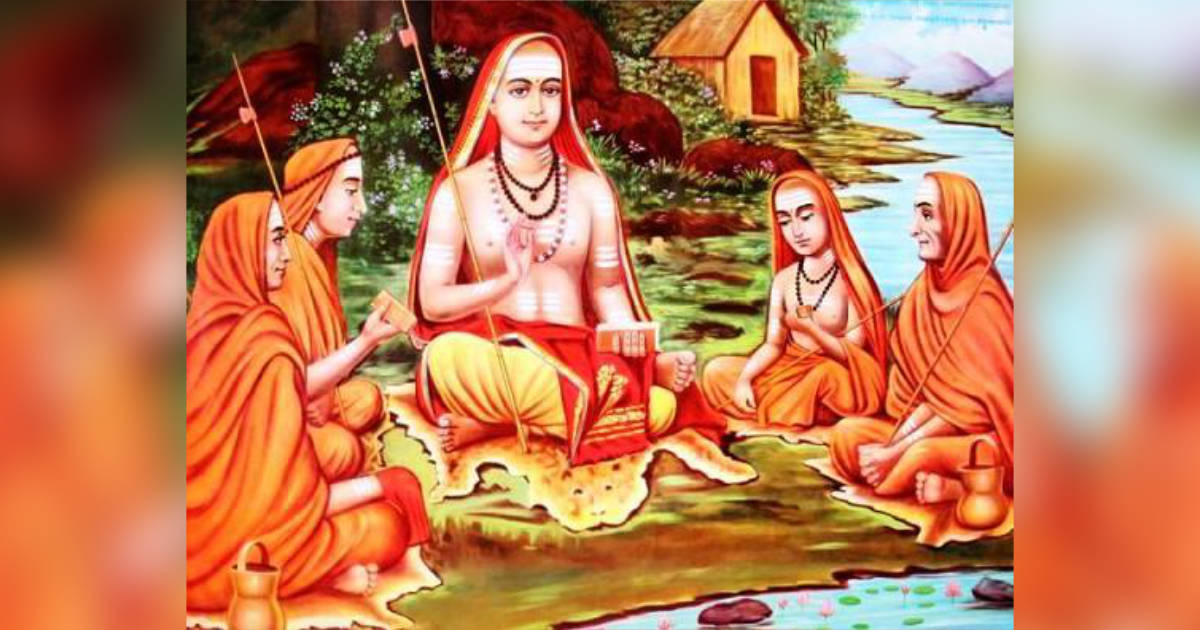As explained by Swami Satyananda Saraswati
God’s will is known as Divine will and is a universal reality. It is the most powerful force that conducts each and every activity seen as well as unseen. When one is attracted by maya one is led away from the Divine will. One becomes full of fear and anxiety. However, when one can transcend the barriers of the mind, one begins to realize the will of God, which is the destiny of all creation. Once one knows the will of God, then one knows how to manage one’s affairs and how to work. Continue reading













 Bhakti Sadhana in the Srimad Bhagavatam has been explained very simply. There are three things which one must heed. They are Darshan or inner vision, Shravana or hearing, and inner Chintan or contemplation. Through Darshan, Shravan, and Chintan the mind becomes one with the lord. The example given is it does not matter what the shape of a vessel is. It can be misshapen. When one pours liquid into it, it takes the shape of the vessel. The liquid will retain the shape of the vessel as long as it remains in it. Similarly, when one hears the name of the lord, when one contemplates on the qualities of the lord and when one brings to mind the form of the lord, the mind takes on the aspect of the lord. –
Bhakti Sadhana in the Srimad Bhagavatam has been explained very simply. There are three things which one must heed. They are Darshan or inner vision, Shravana or hearing, and inner Chintan or contemplation. Through Darshan, Shravan, and Chintan the mind becomes one with the lord. The example given is it does not matter what the shape of a vessel is. It can be misshapen. When one pours liquid into it, it takes the shape of the vessel. The liquid will retain the shape of the vessel as long as it remains in it. Similarly, when one hears the name of the lord, when one contemplates on the qualities of the lord and when one brings to mind the form of the lord, the mind takes on the aspect of the lord. – 